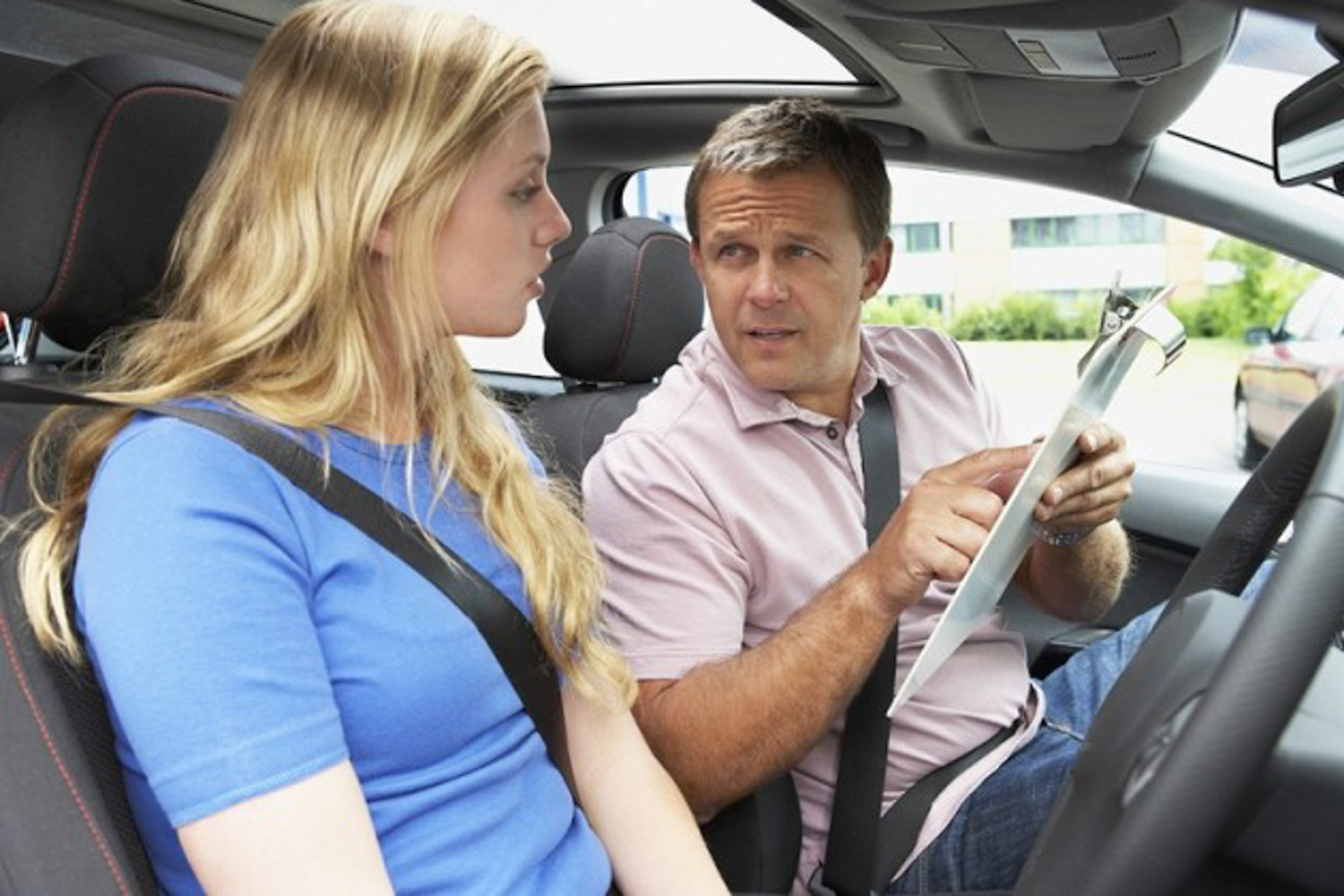New figures seem to show that around 25 per cent fewer women than men passed their driving test in 2019, the last year of normal testing numbers and circumstances. New online insurance broker MissQuote.ie has found that 55,876 men passed the driving test in 2019, but only 44,614 women did so.
Pass rates don't tally with safety stats
MissQuote says that the figures simply do not tally up with insurance statistics that clearly show women drivers have a lower incidence rate than men when it comes to major accidents or fatalities on Irish roads.
Deirdre McCarthy of MissQuote said: "The most recent driving test statistics show that in 2019, 98,493 men took the test and 55,876 passed - with an overall pass rate of 57 per cent. In contrast, 87,886 women took the test, with 44,614 passing resulting in the lower pass rate of 51 per cent. While this might not appear too big a gap if it appeared in isolation, perhaps for just one year, when we analysed the statistics from 2013 to 2018, we found a similar trend. The overall number of men and women in the country is close to 50/50, but when it comes to drivers on the road there are significantly more male drivers. Fewer women drove years ago, that should have equalised over the years, but it hasn't. Why is that?"
Stereotyping
McCarthy says that there are a number of underlying issues in this that need digging into, especially that of unconscious bias or stereotyping. "Aside from the difference in pass rates, we must question why women are far less likely to apply for the driving test. 12 per cent more men than women applied for the test in 2019; 98,493 versus 87,886. What is stopping these female motorists? What we are seeing is that overall driving test results seem to be at odds with the subsequent driving records of men and women and we want to examine any factors that could be contributing to that.
"A couple of years ago, the issue of gender representation at test centres received some attention and the RSA said at the time that they were looking to address the disparity between the number of male and female driving testers. At the time, just 23 out of 138 testers were women - only 17 per cent. We obtained an update on these figures to find they remain largely unchanged, currently standing at 114 male and 24 female testers. This is perhaps an area that should be looked at again. Unconscious bias and a lack of confidence could also have a big part to play. When it comes to the driving test, nerves on the day can have a lot to do with whether or not you pass. Could it be that women are just more nervous because we are subconsciously led to believe from years of what's intended to be harmless teasing that women are worse drivers than men? To this end, we should be championing our women drivers and giving them a sense of surety in their capabilities" she said.
Statistics show men a less safe drivers
According to statistics from the Road Safety Authority, it's ineluctable that women make safer drivers than men. There were over three times more male road users who died on our roads in 2018 than women 1,231 more male road users than their female counterparts suffered non-fatal casualties. Road traffic offences are also more likely to be committed by men, a fact evidenced by the number of penalty points issued to both sexes on a yearly basis. 16,189 women aged between 17-20 had a full driving licence, while 61 per cent (26,125) more males of the same age had obtained a full licence. While the numbers with full licences might be expected to balance out over the years, they don't; overall men have 14 per cent more full licences, 1,501,333 versus 1,313,554.

